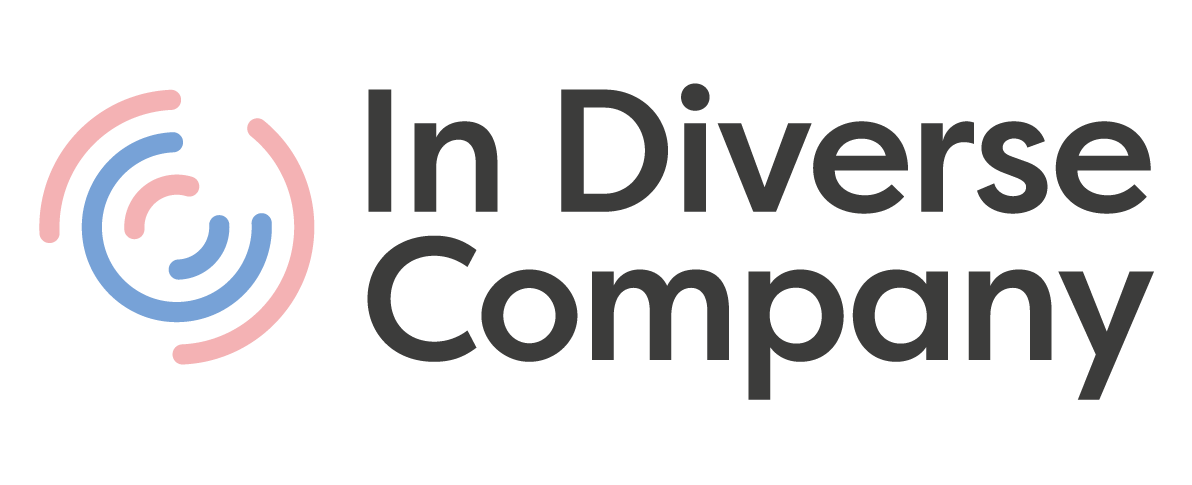By Jai Thade, Head of Content
The drive towards inclusion and the importance of inclusive leadership both represent a change in thinking that has unfolded over the last century or so. Let’s delineate how thinking about leadership has moved towards increasingly inclusive practices and understand how you can be a more inclusive leader.
Our journey begins in the 1900s with the prevalence of Trait theory. Trait theory represented a belief that some leadership traits could be learnt, but leadership was largely something you were born with and based on mental, physical and social characteristics such as intelligence, sense of responsibility, and even being tall! Moreover, these traits were almost always attributed to men. Hence, this theory at its very core was not inclusive.
In the 1940s and 50s, with the growth in psychometric research, there was a growing belief that leadership revolved around not only what one’s traits were, but also around how one behaved – “Behavioural Leadership”. Researchers obtained the ability to measure the relationship between leadership and employee behaviour. This divided thinking about leadership into two “camps”: those who believed leadership was about tasks, and those that believed it was about people. Regardless of which camp individuals belonged to, this phase represented the first time that leadership skills began to be thought about as something which could be learned and taught. No longer was it merely limited to a few elite individuals who happened to all be men.
The next phase of leadership (1960s-80s) started to recognise that there was no one single best way to lead, and that leadership had to be relevant to the situation, the challenge, and the people with whom you were leading – “Contingency Leadership”. During this period, people also started to embrace the idea that the most efficient and effective ways to work are when there is a mutually respectful and reinforcing environment. It began to be believed that there are organisational values and goals, and these are equally shared between leaders and employees.
Here, we began to see the first inkling of a leadership approach that considered the kind of people you are leading and tailors it to their unique needs. We were still far away from inclusive leadership as we know it today, but this movement represented early steps towards it. The emphasis on respect and shared values between employees and leadership was a crucial shift in thinking.
As we entered the 1990s through to the 2010s, leaders began focusing on data and technology. We began to see an appreciation that – for organisations and leaders to be successful, relevant and able to influence, there needs to be capability around the ability to apply and analyse both technology into the business and be able to extract and analyse data in order to make effective decisions – “Globalisation, data & tech-driven leadership”.
For many leaders, this meant the need to develop a new skill set or bring in others who have it – often from different generations and with different skills and personality traits. This started changing the dynamics around talent in organisations related to age, experience and attitudes (for example speed to market over quality, innovation over tradition, and data over experience), tilting it further and further towards greater inclusion.
Moreover, phrases such as “borderless”, “networked”, “inverted”, “empowered”, and “non-hierarchical” started to enter the leadership vocabulary in this era. One central theme of this era was to start to look externally and to learn from good practice, from other industries and other countries. This meant that leaders were now needing to be more outward looking for ideas, and people. The prevalence of all these ideas led us closer to more contemporary conceptions of inclusive leadership.
If we then fast-forward to today, we can see that that today’s leaders are facing another evolution of leadership skills and practice, which is that of influence, vulnerability and emotional intelligence. The expectations from today’s leaders are that they should be:
- Leading through influence rather than giving direction – to achieve this, leaders have to gain the trust and respect of those in the organisation (and industry). Building trust requires empathy, communication, establishing a network, and nurturing these relationships – all of which are central to driving inclusion.
- Be socially and emotionally intelligent – as well as (or perhaps instead of) IQ, leaders are increasingly needing to build skills in social and emotional intelligence. Social intelligence is the ability to navigate around and with others with comfort. This requires skills and experience in empathy, communication and resolving conflict. Emotional intelligence is the ability to recognize and manage our own emotions in order to be deliberate in our self-management and is a key foundation to driving inclusion.
- Show empathy and vulnerability – as the timeline we went through suggests, leadership practice has evolved from command and control, from rigid hierarchies and directing activities. Now, desirable leadership traits include the ability to demonstrate empathy towards others, as well as self, and to be increasingly comfortable with being vulnerable. Showing a human side to leadership, based on kindness and respect, is far more likely to lead to successful followership, respect and the high degree of concessionary effort that organisations innovate and thrive through.
***
This article is adapted from our programme “What is Inclusive Leadership” which is available on our learning platform Include LXP. This program contains insights, examples and the opportunity for self-reflection about how inclusive you are as a leader, or how you can support and challenge the leaders around you to be inclusive. To find out more about how this and other programmes can be made available to employees in your organisation, please reach out to us at info@indiversecompany.com.
_
Photo by Canva
Liked this article? Share it with your network:
Showing a human side to leadership, based on kindness and respect, is far more likely to lead to successful followership, respect and the high degree of concessionary effort that organisations innovate and thrive through.






